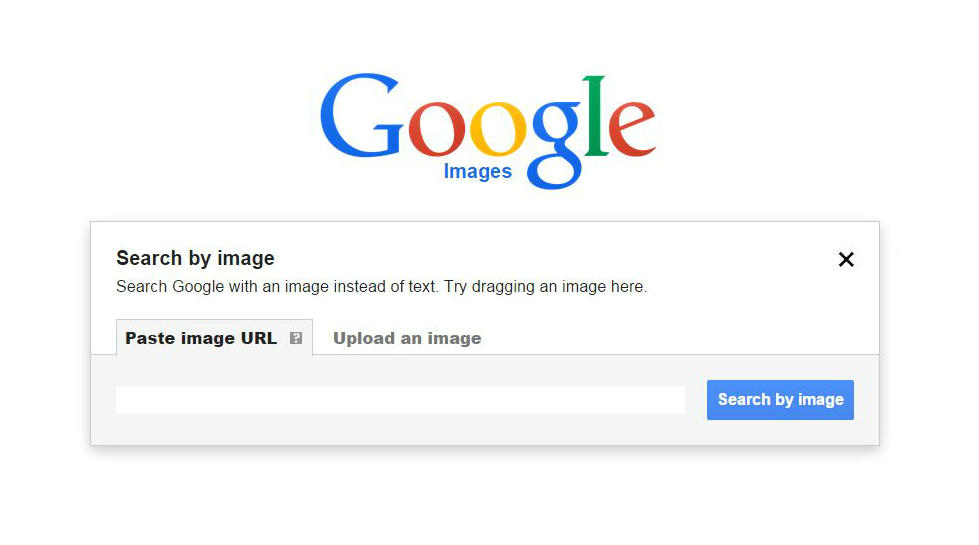

The rest is history: now, people searching for photos of stars in jungle dresses or anything else have the luxury of using image-finder search engines to scour databases for just the right picture. They realized that they must immediately launch an image-focused version of their budding text-based search tool. Google execs noticed the frenzy, and the (green) light went on. In 2001, a bunch of ravenous Jennifer Lopez fans were entering text queries in Google’s search box with the hope of laying eyes on a unique green dress the singer had worn at the Grammys in 2000. It may be hard to believe, but only a couple of decades ago, the concept of image search, so ingrained today, was no more than a glint in Google’s eye. You can even click the camera icon to find out where an image URL originated on the Web. But the results are the same regardless of the operating system: you can pull up hundreds or thousands of pictures in various formats (e.g., JPG, GIF, PNG) and different sizes, with image retrieval subcategories for deep diving into every variation.

Those not yet tuned in to the advancements in image search can still search by entering a word or phrase in their web browser on their Mac or PC. All of which has led to the ecommerce game-changer, visual shopping. Mobile-device-toting young folks (like millennials and especially Generation Z) have simply become too addicted to the joy of locating cool or relevant images in a matter of seconds. People are clamoring for pretty pictures of everything from nature to hot products, and their attachment to digital images and image-search technology is only growing. On the Web, as everywhere, one-dimensional text will never rate against majestic landscape photos or hilarious pet snapshots.

According to Forbes, for instance, “91% of consumers prefer interactive and visual content over traditional, text-based or static media.”Īnd that’s no surprise, as more than half of the human brain is dedicated to vision and visual processing. “A picture is worth a thousand words.” Now that we have modern picture-search technology, does that old adage still hold true?Īll indications are definitely.


 0 kommentar(er)
0 kommentar(er)
